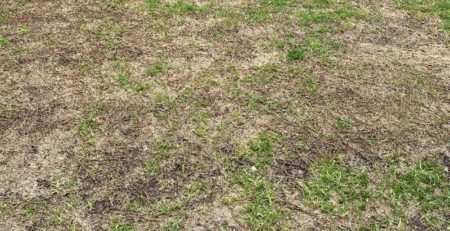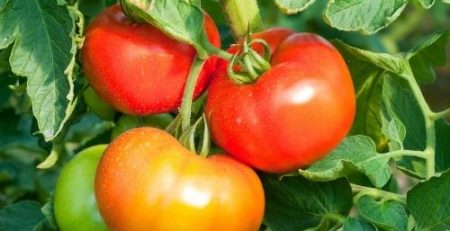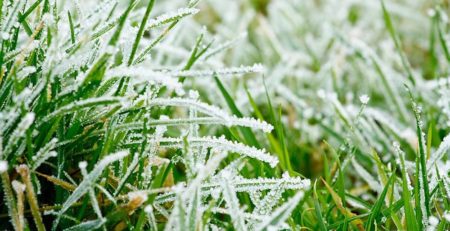What can I do in the garden and landscape now that fall is just around the corner?
Q: What can I do in the garden and landscape now that fall is just around the corner?
Lots! The period after summer heat and before winter freezes is a perfect time to perform many tasks. So now is the time to plan your fall lawn and garden work.
Fall is a great time to plant trees and shrubs in North Texas. They may appear dormant during the winter, but root growth continues as long as soil temperatures are 40°F or above. That can occur throughout much of the winter in our area. Planting in the fall allows plants to develop a substantial root system that will help them thrive in next summer’s heat. Balled and burlapped trees and shrubs may risk more root damage during planting than container-grown plants, but root growth during the cold season helps them recover. Bare-root plants such as roses and fruit or nut trees, however, are a special case. They need to be planted in the winter when they are fully dormant. Whenever you plant, be sure to follow good planting practices.
Planting hardy spring bulbs in the fall rewards you with weeks of early spring color, fragrance, and beauty. They won’t freeze over the winter.
Tulips are beautiful, but they have to be chilled in the refrigerator for 8 to 10 weeks before planting in mid- to-late-December and they typically offer only a single season of blooms. If you choose bulbs such as varieties of narcissus or daffodils that naturalize in our area, however, they will bloom year after year and increase in numbers. Plant when night temperatures have dropped to a range of 40–50°F for a couple of weeks. Choose an area that is well drained and prepare it for planting by loosening the soil and working in compost. In general, plant bulbs at a depth 2 to 3 times the bulb’s diameter. Fertilize with a pound of 5-10-10 fertilizer for a 5’ x 10’ area, or with a small handful for a cluster of bulbs. Mix the fertilizer into the soil before planting.
Fall is the time to divide clumps of spring-blooming perennials such as phlox, day lilies, iris, cannas, and more. Fall bloomers should be divided in the spring, so do a bit of research before you divide your favorite clumping perennials. In general, the best practice is to lift the clump from the ground with a garden fork. Then, depending on the plant and its condition, either divide the clump, or discard the oldest portions and divide the vigorous perimeter growth to establish new plantings. This is a great opportunity to share your favorites with friends.
Late summer and early fall is the time to establish your spring wildflower garden. Bluebonnets and many native wildflowers should be sown now so they can germinate and develop root systems that will sustain them in the spring.
Finally, there is still time to plant some fall or winter vegetables in the garden. Texas A&M AgriLife Extension provides average planting dates for fall vegetables in Dallas (Region III) and recommends specific varieties for our area. There are several root vegetables and greens that can be planted here through the fall.












